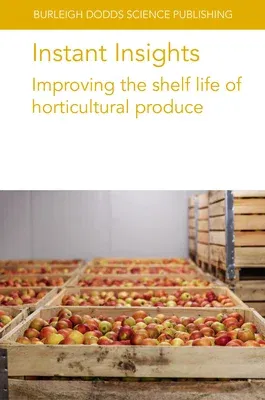This collection features four peer-reviewed reviews on improving the
shelf life of horticultural produce.
The first chapter introduces the concept of smart distribution and
highlights how optimising the management of produce distribution systems
can reduce loss and waste in the horticultural sector and extend shelf
life by minimising quality deterioration. The chapter also discusses the
use of remote sensing technology to determine food quality.
The second chapter reviews a selection of pre- and postharvest
strategies used to optimise fruit quality. The chapter considers ways of
measuring harvest maturity, as well as the role of temperature
controlled environments in extending the shelf life of tree fruit.
The third chapter summarises the wealth of recent research on the
preservation of fruit quality in mango production, as well as how
postharvest operations can be optimised to reduce loss and waste and
maximise shelf life, including the use of controlled environments, waxes
and edible coatings.
The final chapter explores the advantages and disadvantages of
cultivating ripening-impaired tomato mutants and genetically engineered
genotypes characterized by inhibition of the ripening process. The
chapter considers the use of ethylene inhibitors and controlled
environments as a means of mitigating devastating yield losses.

